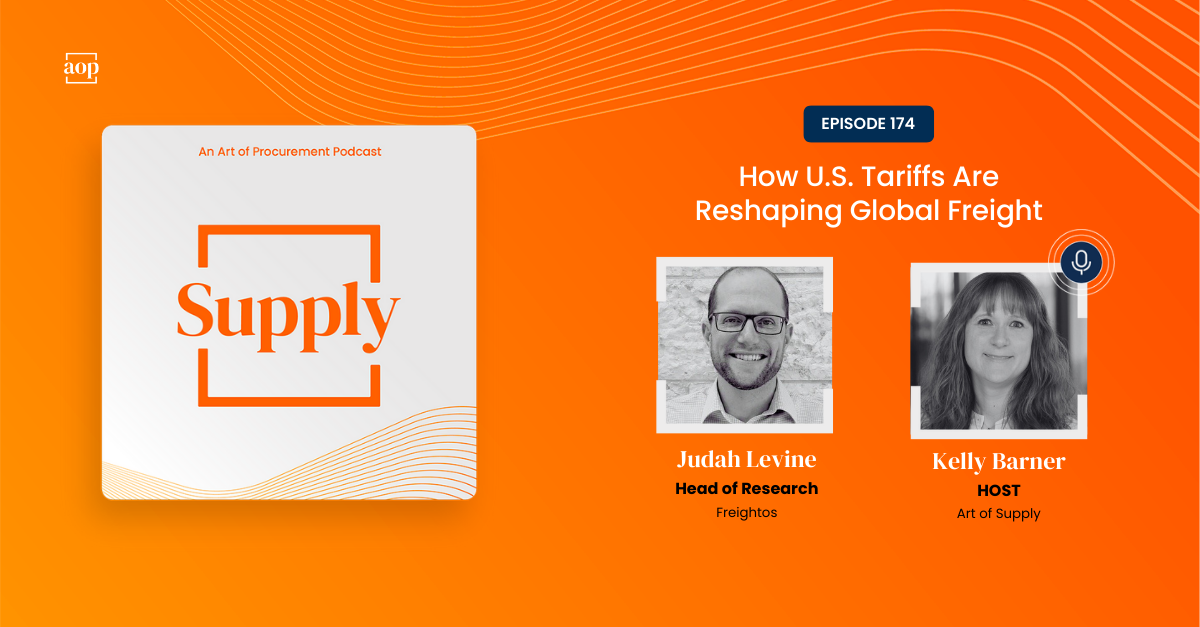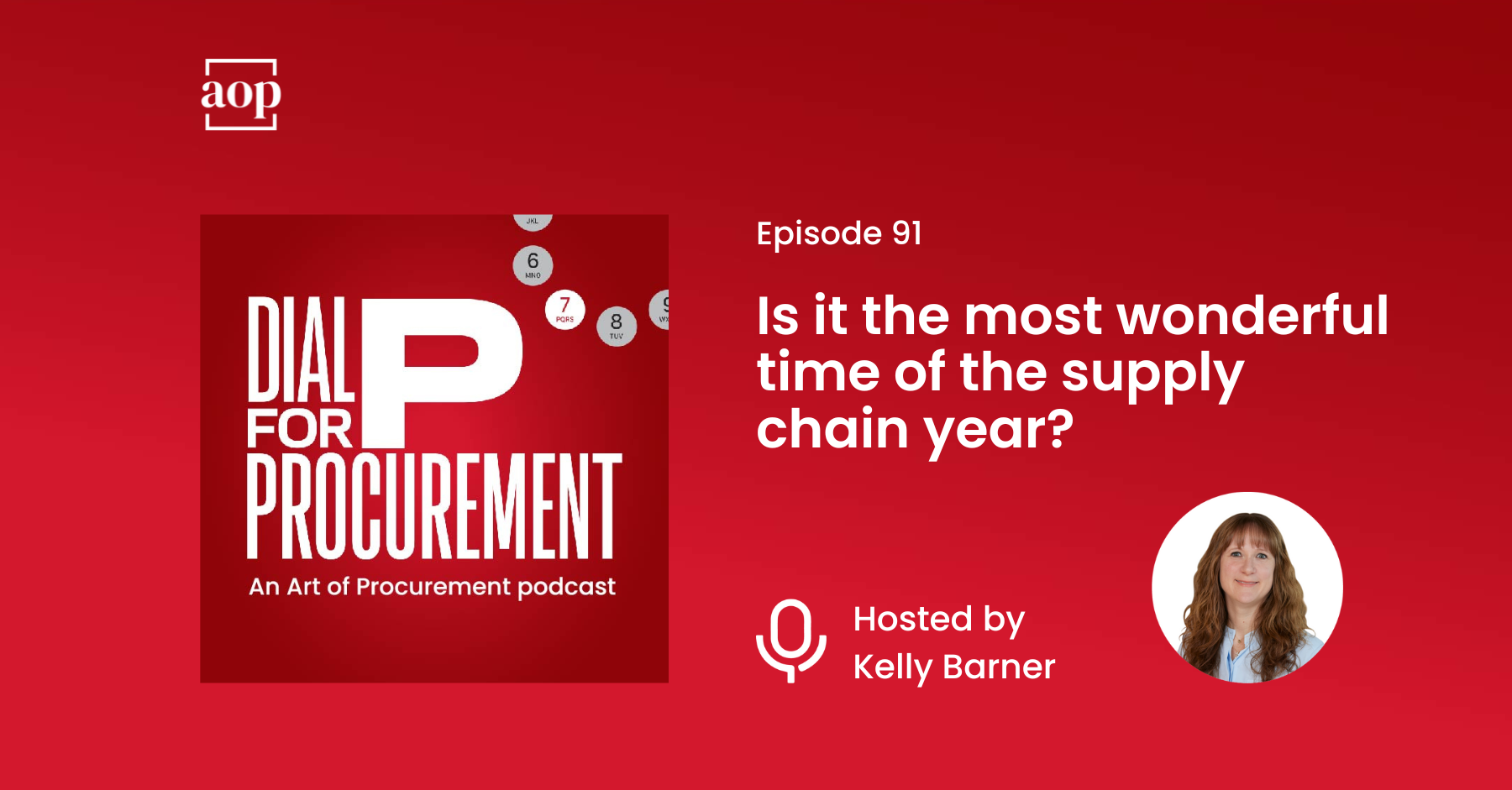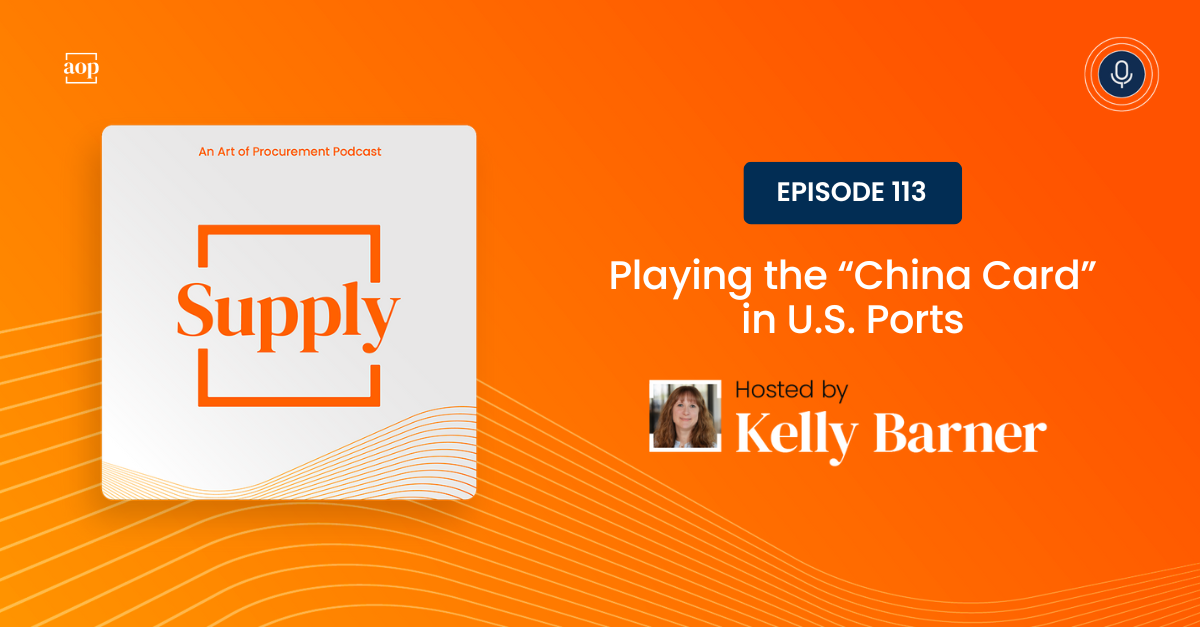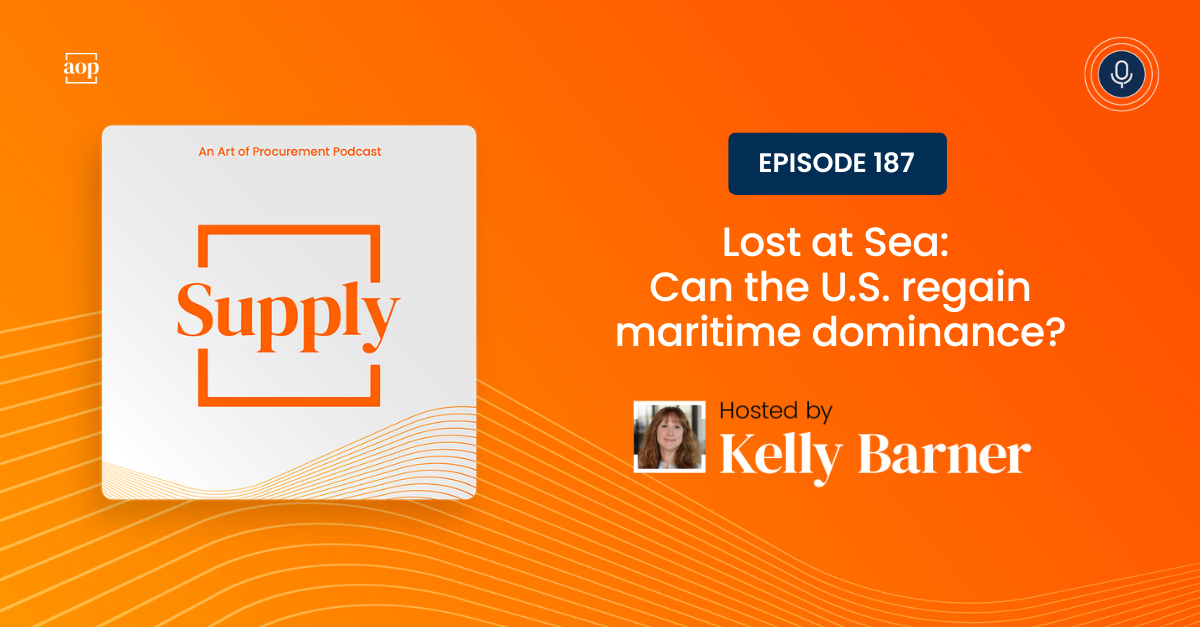
As companies hold their breath and wait to see if and/or when their imports will be subjected to skyrocketing tariffs, many shippers have been doing their best to plan as far ahead as possible and get stock in well in advance of seasonal demand. Even so, concerns still exist over tariff timelines. Most preparation will come down to data–which is where this episode’s guest comes in.
Judah Levine is the Head of Research at Freightos. He recently joined me to offer his insight into what he and his team are seeing in the ocean and air shipping markets.
Even Paused Tariffs Have a Significant Impact
Stating the obvious: consumers may be used to two-day shipping to get their purchases, but anyone in supply chain knows it takes a lot more logistical work to get those goods stateside, much less to consumers’ doors.
Even before the election, shippers started working to frontload and bring as much volume of goods in as possible to create a buffer if high tariffs were introduced. Now, several months into the current administration, that trend hasn’t changed–until recently. Judah reports, “Volumes from November of 2024 until April of this year were about 11 percent higher than the same period a year prior.”
Once April hit and the U.S. announced 145 percent minimum tariffs on Chinese-imported goods, “we saw this very significant pause. There are different estimations of how sharply ocean volumes drop, but the consensus is somewhere around 35 percent and maybe higher over the month of April.”
Although Judah feels there will be a rebound, he attests that this “validates that strategy of bringing in the goods when you can, when you know what the situation is, because the tariff situation could change.”
90-Day Pauses Only Fuel Front Loading
Now, even as tariffs are paused for 90 days, getting us to August, I was curious if that same strategy of frontloading would be used to bring in the goods to cover the busy season of back-to-school and the winter holidays.
Judah believes we’ll only see changes to the timing of shipments. “I think shippers want to take that opportunity. So that's probably going to come at the expense of volumes that would have come later in the year, not necessarily at the expense of overall volume strength, but rather in terms of the timing.”
Still, 90 days is not a lot of time to pivot in the shipping world, and decisions may not be able to be reversed for months. With that in mind, Judah sees shippers recognizing their window of opportunity for getting goods now instead of dealing with tariff impacts that can be extremely expensive and disruptive to their business.
Beating Tariff Deadlines and Meeting Consumer Demand
One constant in supply chain is that consumer needs and preferences are always changing. That poses a real challenge as shippers look to get as many goods onshore as possible.
“It’s hard to know what level of inventory to bring in if trade policies could impact the economy, possibly drive up inflation and drive down consumer strength and GDP, and lead to lower demand for the types of goods you're trying to bring in,” says Judah. As a result, many big companies have suspended their projections for the year because “there's just no way to tell because they're just different scenarios that could lead one way or the other.”
As shippers try to find the balance between increasing volume and meeting demand, another question looms: how will global shipping and domestic availability be affected if foreign trade barriers are removed and U.S. exports increase?
While Judah believes domestic demand will be the first priority over foreign interest, that’s highly dependent on the economics and available alternatives. “If you don't have an alternative place to manufacture and source [certain goods], then that is something that could [lead] to empty shelves and much higher prices.”
De Minimis Pausing Means a Shift in Shipping Routes
Until recently, consumers could get imported shipments valued under $800 sent directly to their door. This speed and convenience were largely possible due to the availability of air freight and the ‘de minimis’ loophole, which spared these overseas companies the cost and delay of formal customs entry. With the pausing of de minimis, and the resulting customs fillings, there has been a significant drop in China to U.S. air cargo volumes, primarily in the freight charter market.
Judah expects this to slightly impact Chinese e-commerce and potentially the spot market. “I don't think we're going to see Chinese e-commerce go away in terms of their presence in the U.S. It might decrease somewhat. You might see prices go up a little bit.”
As we get new updates on tariffs and trade policies every day, time will tell how these changes will play out in the shipping market and beyond.




